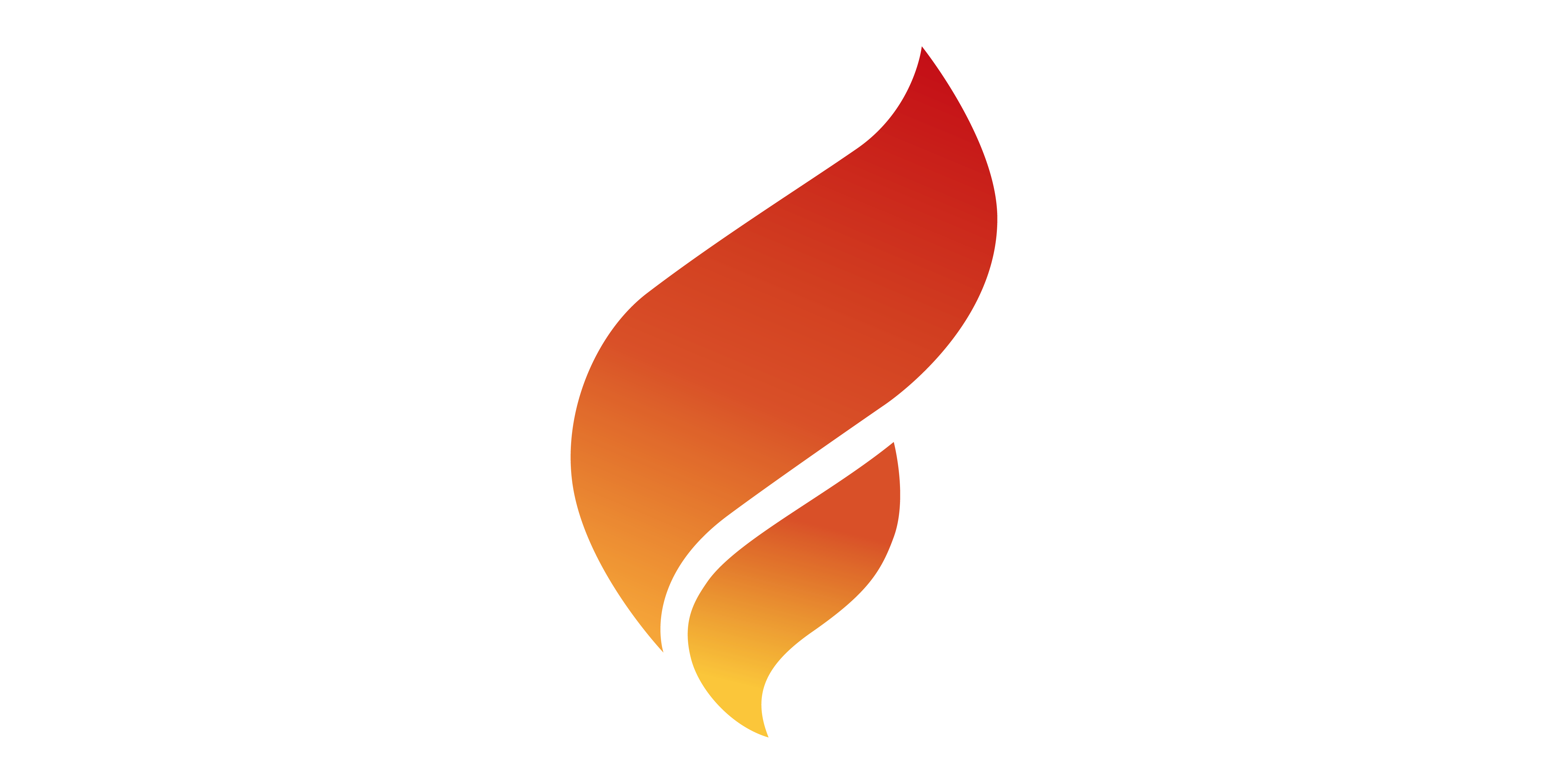Flame
Flame is an open-source multimodal AI model that converts UI design screenshots into high-quality modern frontend code, supporting frameworks like React.
What is Flame?
Flame is an open-source multimodal AI model that converts UI design screenshots into high-quality modern frontend code. It leverages visual language modeling, automated data synthesis, and structured training processes to generate code that adheres to modern frontend frameworks like React. Flame supports componentization, state management, and dynamic interactions, overcoming the limitations of traditional models that generate static code. The model's training data, models, and test sets are open-source, providing an efficient design-to-code conversion tool for frontend development.
Key Features of Flame
- Code Generation: Converts design images (e.g., UI screenshots) into code that complies with modern frontend development standards, supporting frameworks like React.
- Dynamic Interaction Support: The generated code includes not only static layouts but also dynamic interactions, state management, and data-driven rendering, meeting complex frontend development needs.
- Component-Based Development: The generated code is based on a modular component structure, facilitating reuse and extension, and aligning with modern frontend development best practices.
- High Code Quality: The generated code is logically clear, structurally standardized, and can pass compilation verification, closely resembling the design.
Technical Principles of Flame
- Multimodal Visual Language Model (VLM): Combines computer vision and natural language processing technologies to understand the visual elements of design images and convert them into corresponding frontend code. The model uses visual feature extraction and text generation modules to achieve image-to-code conversion.
- Data Synthesis Methods:
- Evolution-Based Data Synthesis: Randomly evolves to generate diverse code, including breadth evolution (changing functionality and visual style) and depth evolution (increasing technical complexity).
- Waterfall Model-Based Data Synthesis: Simulates traditional software development processes to ensure the generated code is structurally clear and logically consistent, suitable for complex feature development.
- Incremental Development-Based Data Synthesis: Gradually increases functionality and complexity on existing code, generating code that aligns with best practices.
- Structured Training Process: Based on a self-reflective agent workflow, it extracts real data from public code repositories and autonomously synthesizes high-quality training data. The data covers various frontend development scenarios, ensuring the model generates code that meets practical needs.
- Model Optimization: Evaluates model performance based on an improved Pass@k metric to ensure the accuracy and practicality of the generated code.
Project Addresses of Flame
- GitHub Repository: https://github.com/Flame-Code-VLM/Flame-Code-VLM/tree/main
- HuggingFace Model Library: https://huggingface.co/Flame-Code-VLM
Application Scenarios of Flame
- Rapid Prototyping: Quickly converts UI design images into frontend code, accelerating product prototype development.
- Improving Development Efficiency: Automatically generates standardized code, reducing manual coding workload.
- Design and Development Collaboration: Reduces communication costs between design and development, ensuring accurate implementation of design effects.
- Low-Code Development: Helps non-professional developers quickly build simple frontend interfaces.
- Learning Assistance: Provides standardized code examples, helping developers learn modern frontend development.
Model Capabilities
Model Type
multimodal
Supported Tasks
Code Generation
Ui Design Conversion
Component-Based Development
State Management
Dynamic Interaction Support
Tags
AI
Frontend Development
Code Generation
React
Open Source
Multimodal AI
Visual Language Modeling
UI Design
Componentization
State Management
Usage & Integration
Pricing
free
License
Open Source
Screenshots & Images
Primary Screenshot

Additional Images
Stats
128
Views
0
Favorites

